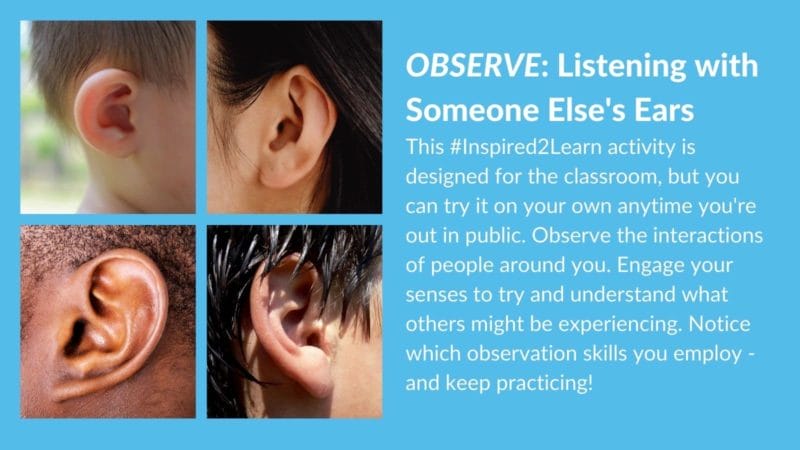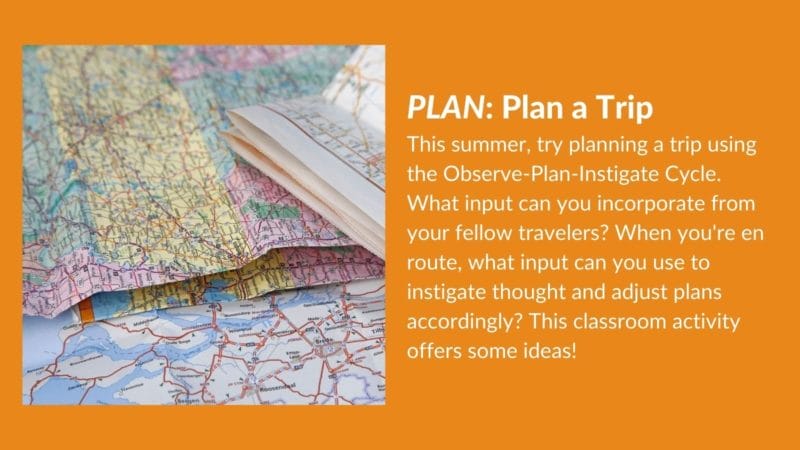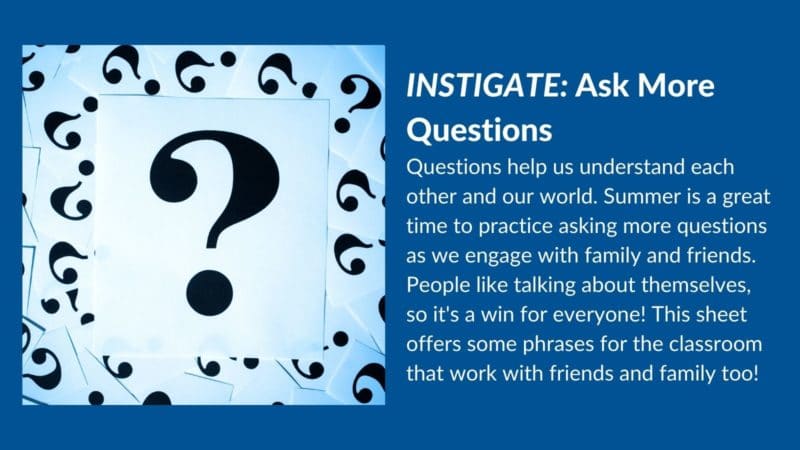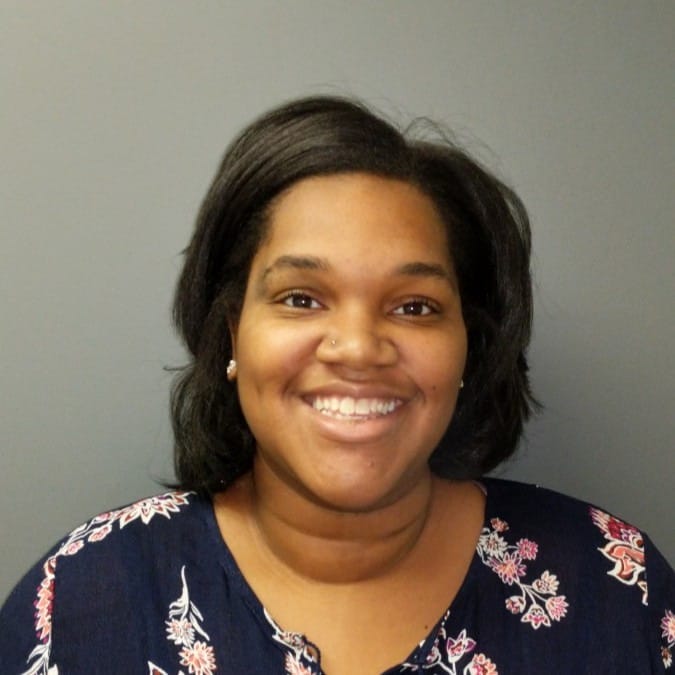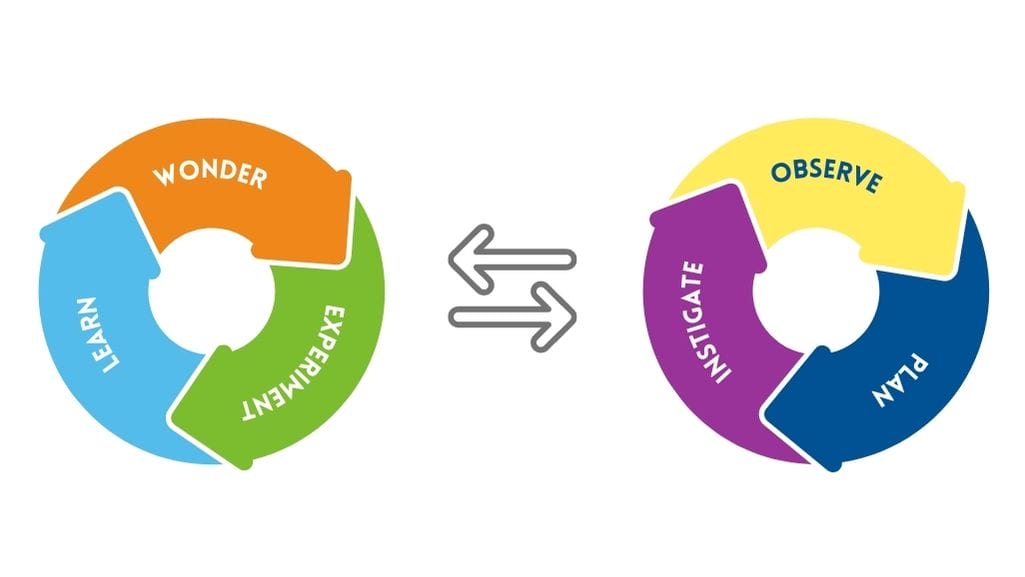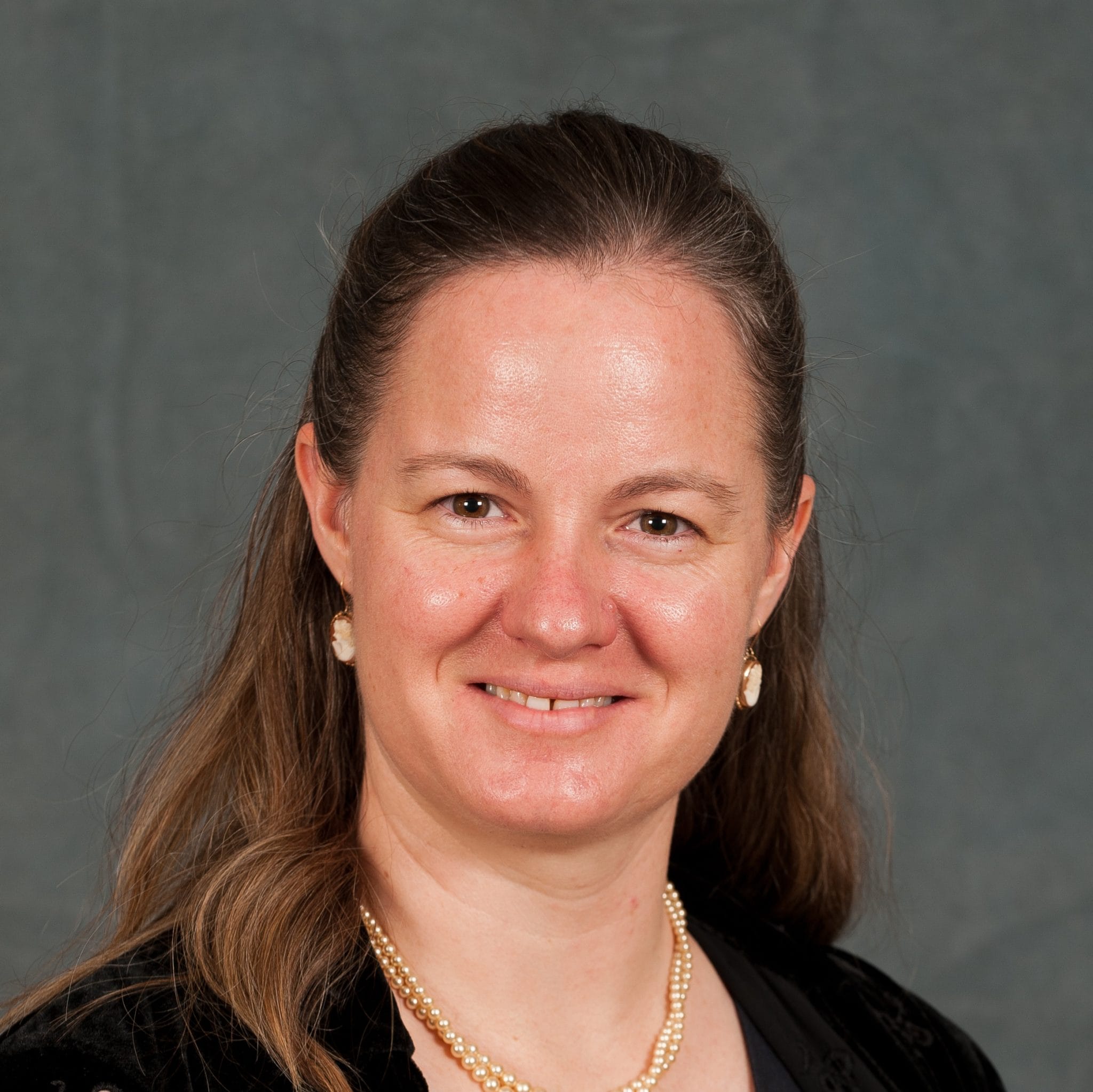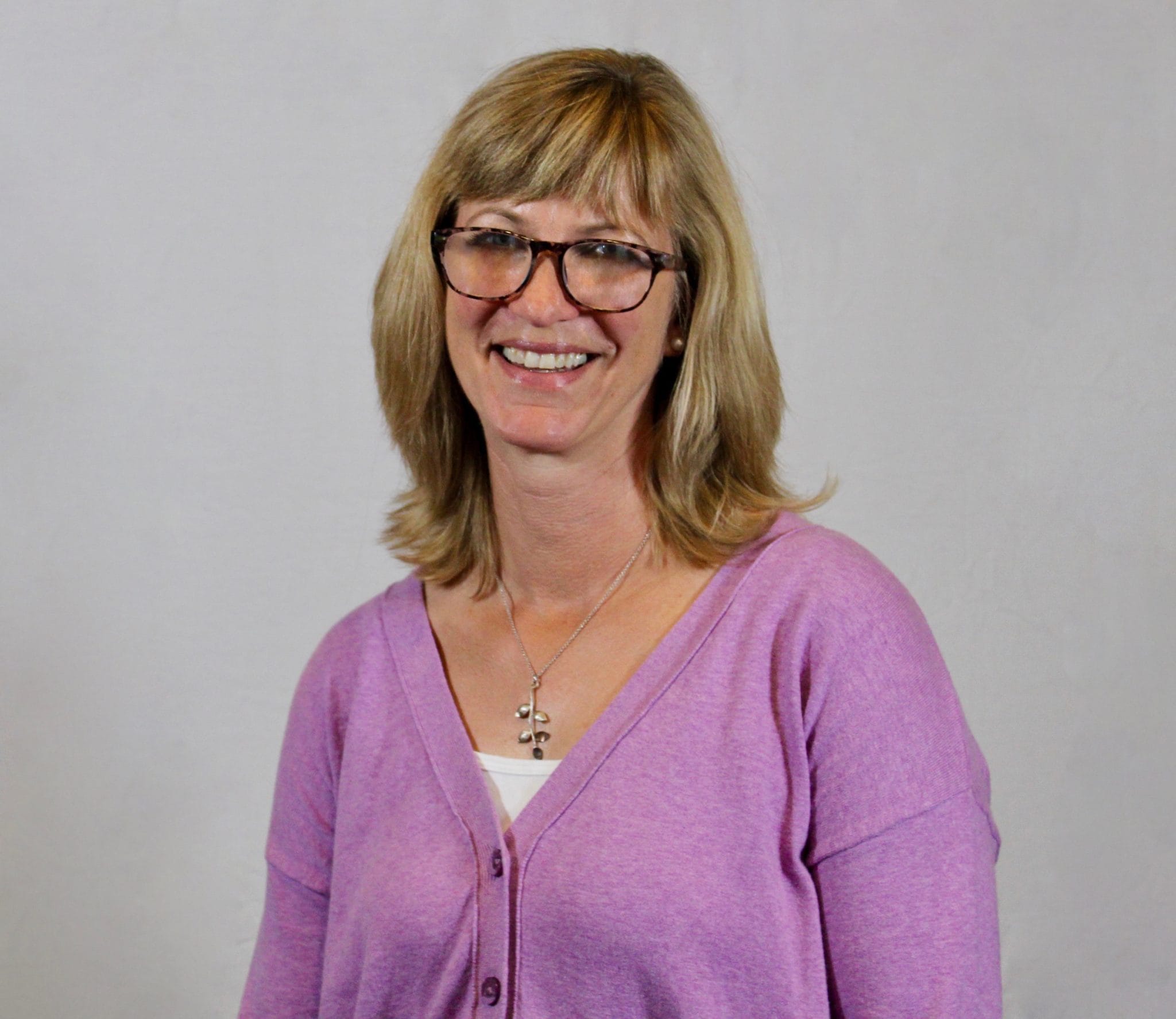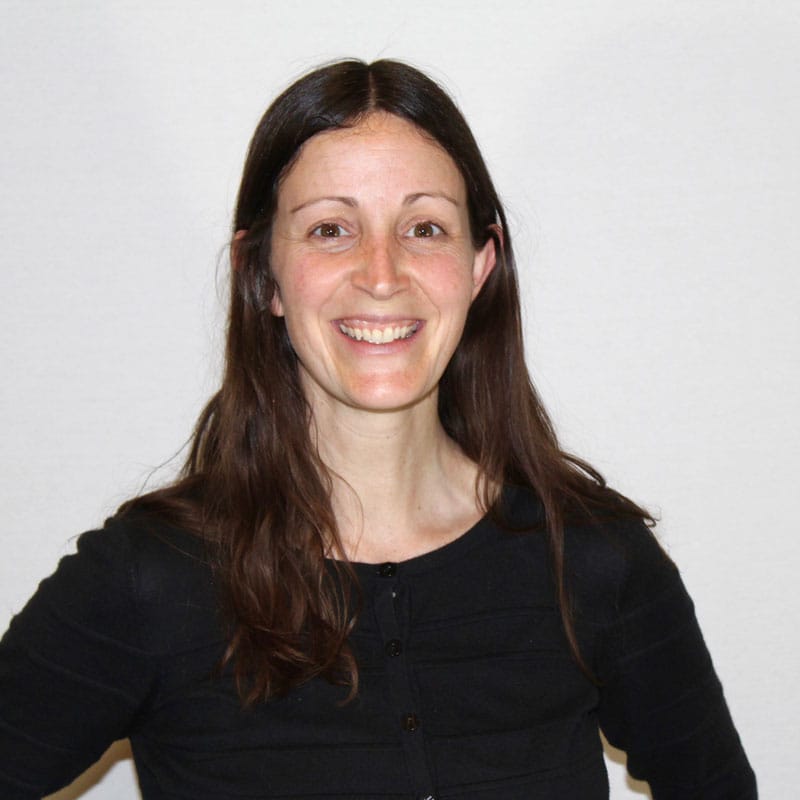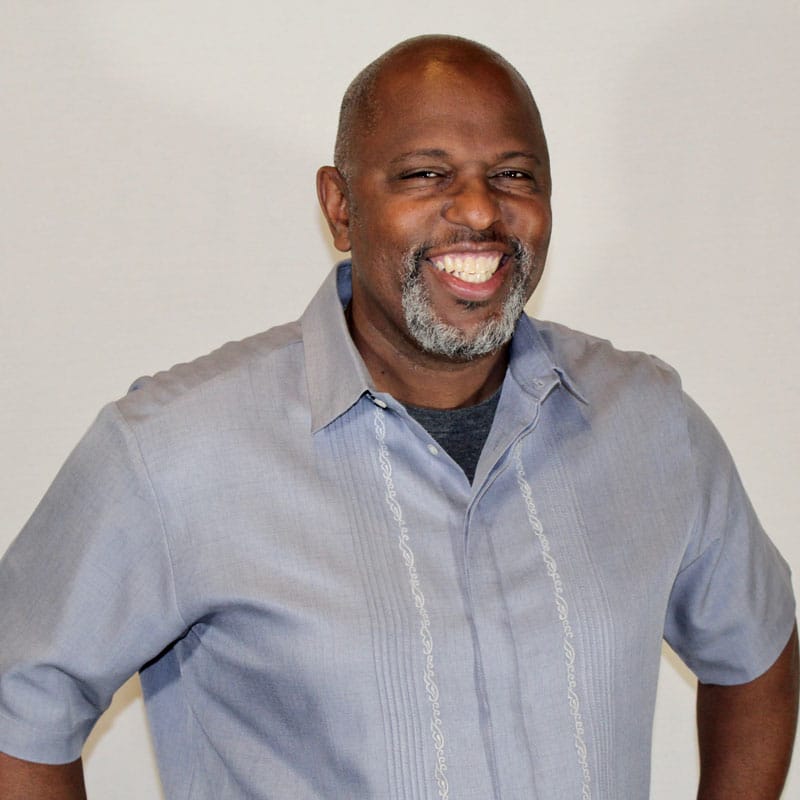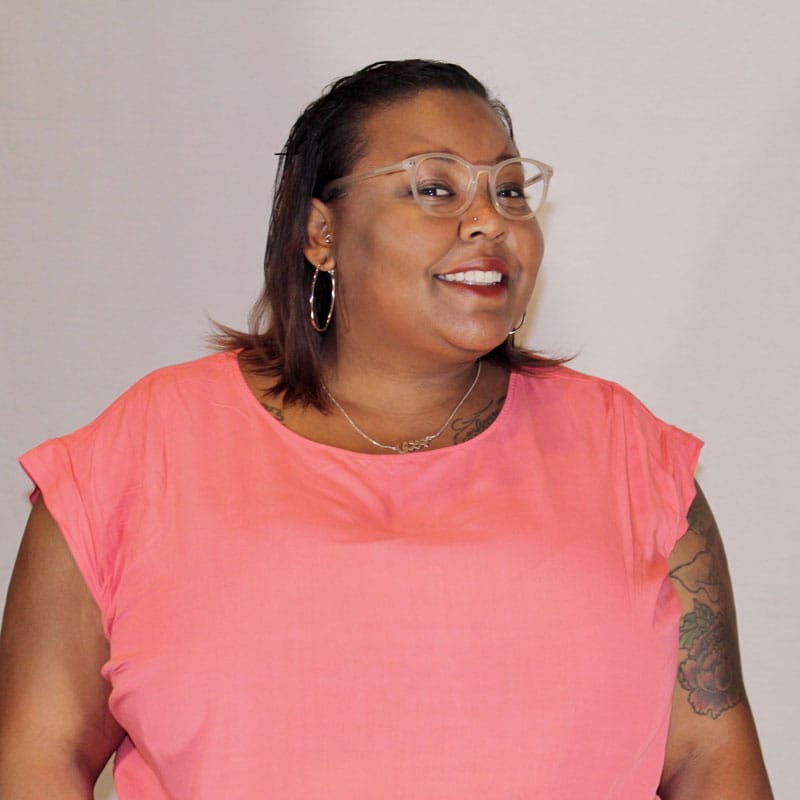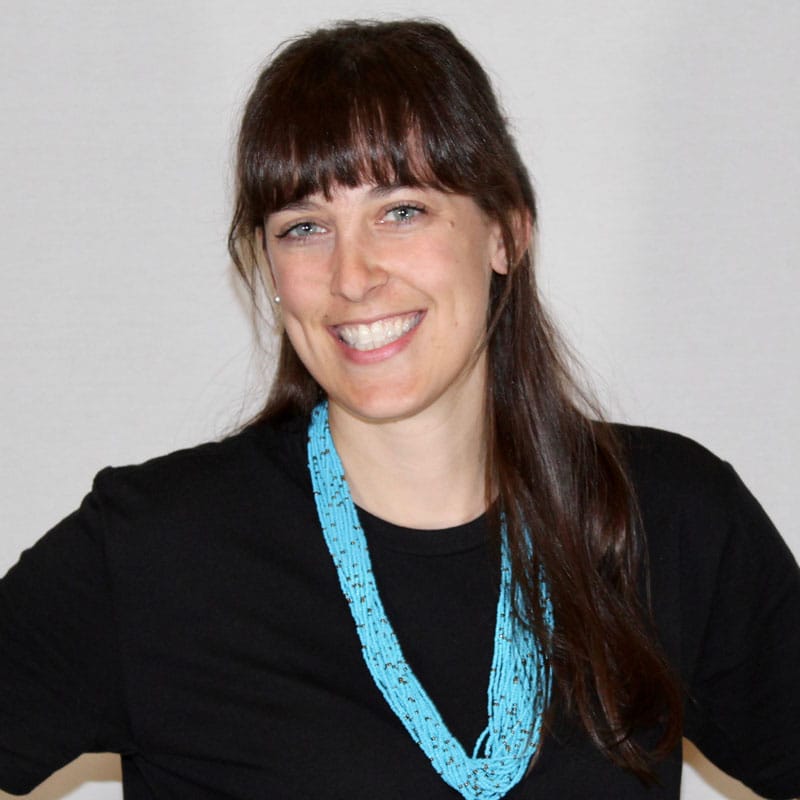July 4, 2022
By Aleta Margolis, Founder and President, Center for Inspired Teaching
Hooray for Monday is a weekly blog filled with questions, ideas, reflections, and actions we can all take to remodel the school experience for students.
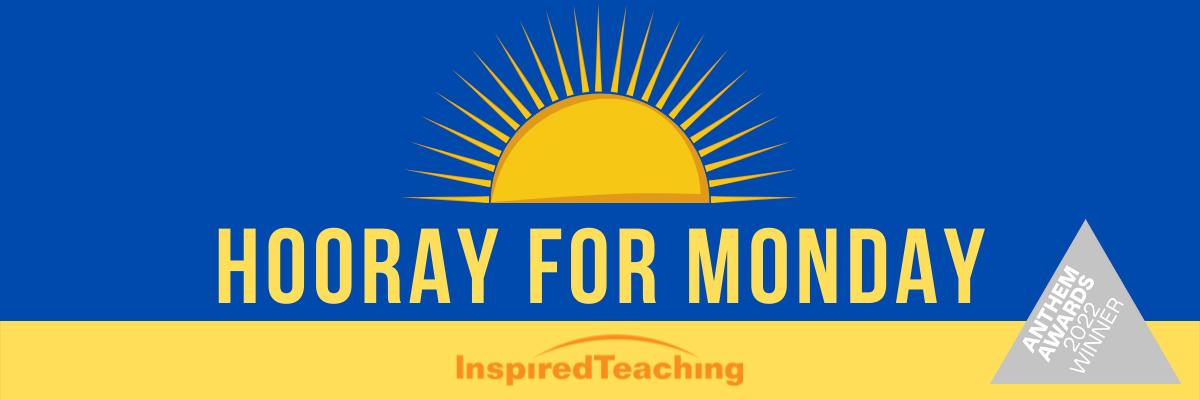
For nearly 3 decades, Inspired Teaching has been teaching teachers and parents how, and why, to listen to children. An important new study, featured recently in Education Week, confirms “a link between acting on students’ feedback and their academic success, strengthening arguments for incorporating student voice into school improvement efforts.” While this particular study focuses on using student feedback to inform school improvement efforts, thoughtful teachers know it is equally important to listen and gather student input as part of everyday instruction.
Summer offers an opportunity to reflect on the things we’ve seen and observed in our students, and absorb what they have taught us. Inspired Teachers are reflective practitioners, and that includes reflecting on the informal data our students have provided us.
In our professional learning, we teach teachers to use improvisation to incorporate student input in real-time, while remaining focused on instructional goals. This process is part of the Inspired Teaching approach. We call it Observe-Plan-Instigate, the Teacher’s Cycle. And it’s a great thing to delve into as we reflect on the year that’s ended and think ahead toward the fall.
What does the Observe-Plan-Instigate Cycle entail?
First, the teacher observes, like a satellite, using all the data points collected from watching and listening to students, to zero in on what students need next. These observations can be about things academic, social, emotional, or otherwise. Everything matters in the life of a classroom:
- Alex keeps tuning out during these math lessons involving fractions.
- In their writing, this class keeps having problems with authentic transition words; they’re not understanding how to incorporate them into the flow of the piece.
- My kids are obsessed with pandas ever since the new one was born at the zoo.
Using the information gathered from these observations, the teacher develops a plan to get to the bottom of a challenge, launch a new learning approach, or address a growing concern:
- I’m going to pull Alex aside and do a quick quiz of his understanding of multiplication and division. Maybe he doesn’t know his facts?
- We’re going to listen to clips from a few great speeches and notice how the speakers use transitions.
- I think I’ll take all the standards for next month and turn them into an integrated panda unit.
Then the teacher implements the plan and instigates: asking questions, lots of them, designed to push students toward deeper thinking and understanding; posing
problems for students to solve; supporting students’ agency, growing expertise, and ability to find relevant and useful information.
Then the cycle automatically begins again. By instigating thought, the teacher opens the door to more data collection that drives the next plan:
- Wow, Alex really doesn’t know his multiplication facts, but now I need to find out whether he actually understands the idea behind multiplication.
- Those clips seem to have worked because I had the students write short speeches of their own after listening to the clips, and the transitions in the students’ speeches were great! What struck me most was how my students loved public speaking – how can I do more of that?
- I’ve never seen my students as engaged as they are with this panda unit. I wonder what else could engage them like this!
Implementation of the Observe-Plan-Instigate Cycle means that teachers are able to know and observe students with such acuity that they can make many little adjustments to their lessons in the moment – every day. It also means that teachers let something like students’ sudden interest in pandas influence whatever other unit plan they previously had in place, while still striving toward the necessary academic goals. It takes time to cultivate that level of flexibility and skill, and it necessitates a real shift in mindset: Instead of figuring out how to fit students with their myriad needs into the curriculum, figure out how to make the curriculum flexible enough that it can meet all students’ needs.
Centering students, listening to what they have to say, and acting on their input – that’s a powerful approach to instruction and whole school improvement. This week, take some time to reflect on the feedback, interests, and ideas your students voiced this past year. Which still resonate in your mind? How might they shape your teaching in the year ahead?
